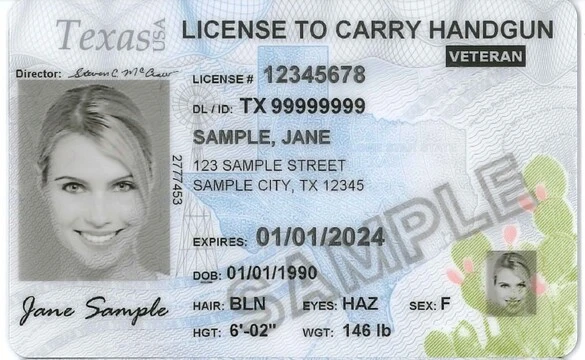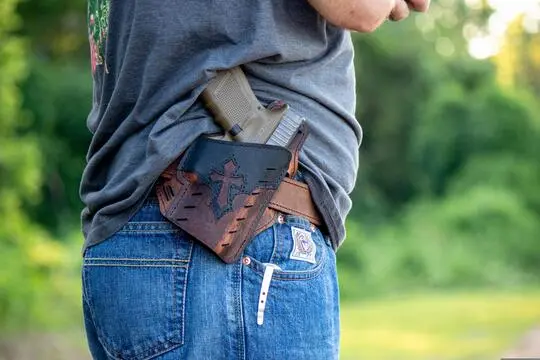Drawing a concealed firearm quickly and efficiently while maintaining the element of surprise is a critical skill for any responsible concealed weapons permit holder. In self-defense situations, the ability to access your handgun without tipping off a potential threat can mean the difference between life and death. However, too many individuals inadvertently reveal their intentions through common concealment mistakes and unrefined draw technique.
In this article, we will delve into the subtleties of non-telegraphing draw techniques that allow you to remain a "gray man" – someone who does not draw attention in public settings – while still being prepared. By integrating concealed carry training into your routine, you'll learn to avoid drawing attention to your concealed handgun and ensure you keep the upper hand in any confrontation.
Understanding Concealment and the Element of Surprise:
The element of surprise is your best ally in a defensive scenario. The art of stealth drawing techniques begins with adopting a mindset of quiet readiness, typical of the gray man theory. By learning a draw technique that blends into your environment, you are less likely to be seen as a threat or target, preserving the advantage of unexpected action.

Cultivating an aura of normality is key. When practiced correctly, proper concealment tactics allow you to draw your weapon efficiently without any telltale signs that could be recognized by an attentive adversary. Learning these tactics should be a core component of any concealed carry mindset and practices.
Common Concealment Mistakes:
One of the most critical aspects of effective concealed carry is understanding and avoiding common errors. Movements like adjusting the firearm, touching the area where the gun is holstered, or wearing clothing that outlines the gun can alert an attentive observer to your concealed carry status.

To avoid these giveaway signs, focus on maintaining a relaxed and natural demeanor in public spaces. Utilize concealed carry clothing tips to select garments that aid in hiding your weapon without compromising access. Position your body and belongings in ways that do not suggest you have a hidden agenda. Ideally, your draw technique should be covert enough that it doesn't attract any attention.
Concealed Carry Draw Technique:
When the moment comes where you might need to defend yourself, your concealed carry draw technique must be surreptitious and swift. This begins with your stance – a slight shift towards a fighting stance, without drawing attention. Then, train to utilize subtle garment manipulation, using your non-dominant hand to unobtrusively lift or hold clothing away from your holster.

Your draw should be practiced until it's a fluid motion, integrating concealed carry body language that doesn't betray your hand placement or intentions. Efficiency in these movements comes from repetition and the development of muscle memory, a crucial aspect of firearm readiness.
Practice Makes Perfect:
Consistent, realistic training is essential for mastering these skills. Deliberate practice, especially using dry-fire drills referenced from 'YEAR CHECK OFF DRYFIRE.pdf', will develop the muscle memory required for a quick and discreet gun draw technique. It's not about speed alone but the natural, nonchalant execution of drawing your firearm.

Your practice sessions should include various scenarios, locations, and concealment clothing, ensuring you can adapt your techniques to any situation. Regularly use a mirror to check your concealment posture and drawing technique, adjusting as necessary to avoid any movements that might telegraph your intentions.
Conclusion:
Ensuring you can draw your concealed firearm without divulging your intentions is a nuanced skill that demands dedicated practice. By remaining vigilant of common mistakes, mastering non-verbal cues, and regularly training smart and realistic draw techniques, you can move with confidence in your daily routine.

Remember, the goal in concealed carry is not just about being able to draw your weapon—it's about doing so with discretion and maintaining the element of surprise. Strive to be the gray man, the one whose readiness is hidden in plain sight.
Call to Action:
We encourage readers to seek comprehensive training, practice regularly, and stay aware of their environment at all times. Check out Carry-Texas.com for more resources, courses on concealed carry techniques, and personalized training opportunities. Become adept at protecting yourself and your loved ones—quietly, efficiently, and without telegraphing your moves.




